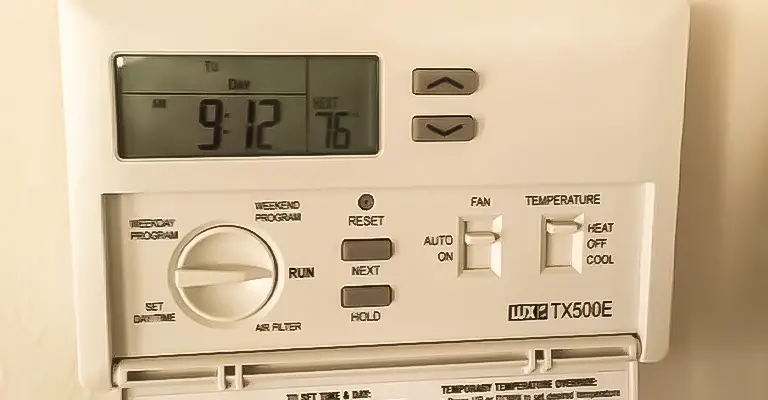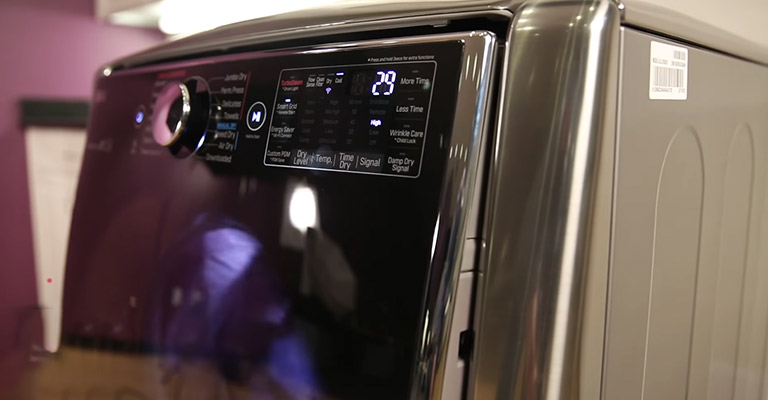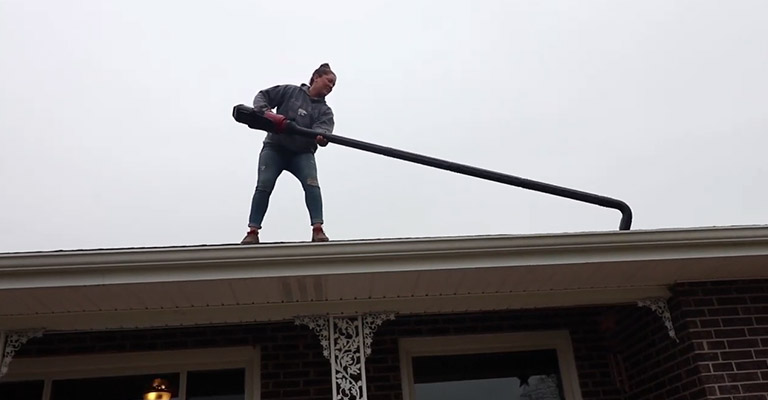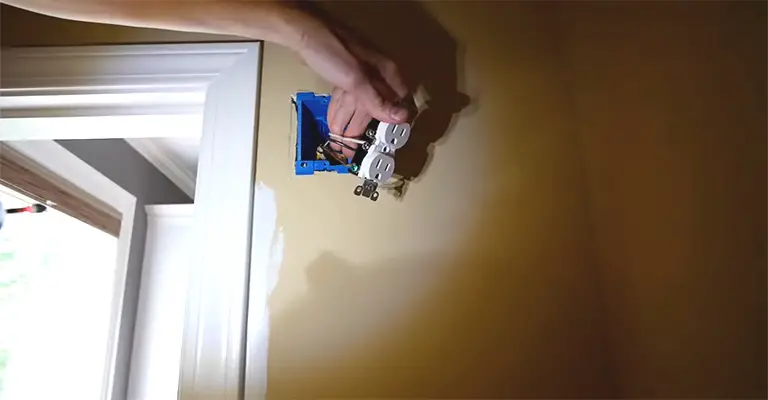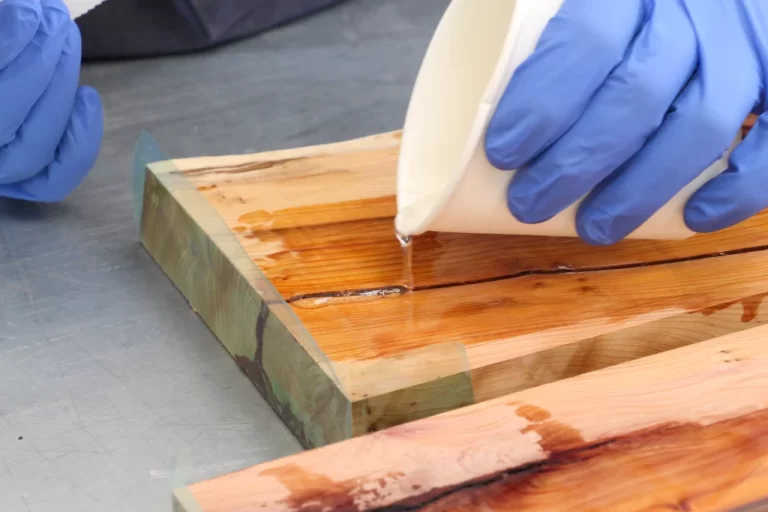How to Get Stains Out of a Mattress: DIY Methods for Your Needs
Your mattress is an investment in your comfort and health. Despite our best efforts to keep it pristine, accidents happen, and stains can occur. But before you contemplate expensive professional cleaning services or replacing your mattress altogether, know that there are simple, effective methods you can use to eliminate those stubborn stains from your mattress at home. In this comprehensive guide, we’ll outline these proven strategies to get stains out of your mattress using common household items.
Firstly, it’s essential to understand the types of stains you might encounter. The most common ones include sweat, blood, urine, and accidental spills like coffee or wine. The method for treating each stain may vary.
Most Common Types of Stains
1. Sweat and Urine Stains
These types of stains can often be handled with a simple solution made from household items. Start by mixing equal parts of white vinegar and lukewarm water. Dampen a cloth with this solution and gently blot the stained area, being careful not to soak the mattress. Then, sprinkle a generous amount of baking soda over the damp area and let it sit for at least eight hours or overnight. Baking soda has excellent absorption properties and will help draw out the stain. Vacuum up the baking soda the following morning to reveal a fresher, cleaner mattress.
2. Blood Stains
Blood stains can be particularly stubborn and require a slightly different approach. Mix one part baking soda with two parts cold water, creating a paste. Apply this paste to the stain and let it sit for half an hour. Then, rinse with cold water using a damp cloth. Avoid using hot water as it can cause the proteins in the blood to coagulate, making the stain harder to remove. If the stain is still visible, try applying a small amount of hydrogen peroxide, which can help break down the proteins further.
3. Liquid Spills (Coffee, Wine, etc.)
If you’ve spilled a liquid like coffee or wine on your mattress, it’s essential to act fast. Blot the area with a clean, dry cloth to absorb as much of the liquid as possible. Then, prepare a solution of one part dish soap and two parts cold water. Dampen a cloth with the solution and gently dab at the stain. After this, blot again with a dry cloth to remove excess moisture. If the stain persists, consider using a commercial stain remover, following the instructions on the label closely.
Remember, when treating any stain, it’s crucial to avoid soaking your mattress as excess moisture can lead to mold and mildew growth. Always ensure that your mattress is thoroughly dried before putting sheets back on.
4. Old, Unknown Stains
Dealing with older, unidentified stains is slightly more challenging as you cannot target specific substances. Nevertheless, a multi-purpose approach can help to tackle these marks. Start by vacuuming the area to remove any loose particles. Then, make a paste using a 2:1 ratio of hydrogen peroxide to baking soda. Apply this paste onto the stain and let it sit for about thirty minutes. Gently scrub the area with a toothbrush, then wipe off the mixture using a clean, damp cloth. Repeat the process if necessary.
5. Oil and Grease Stains
Oil and grease stains can be stubborn to remove. A good trick to tackle these is using dish soap, known for its grease-cutting properties. Make a mixture of dish soap and water, then apply it to the stain. Gently scrub the area with a clean cloth, then blot with a dry towel to absorb the moisture. This method might need repetition for complete stain removal.
Prevention is Better Than Cure
While this guide focuses on removing stains, it’s worth noting that the best way to keep your mattress in tip-top condition is prevention. Use a mattress protector to safeguard against accidental spills and stains. They are affordable, easy to clean, and can save you a lot of time and effort in the long run.
Regular cleaning is also crucial. Vacuuming your mattress every couple of months can help keep it fresh and prolong its lifespan. For a deep clean, consider steam cleaning your mattress once or twice a year.
Extra Tips for Mattress Stain Removal
When treating any stain, start by blotting rather than rubbing. Rubbing can spread the stain, making it harder to remove. Always blot from the outside of the stain towards the center.
Also, always test any cleaning solutions on a small, inconspicuous area of the mattress before applying them to the stain. This will ensure that the solution doesn’t discolor or damage the fabric.
After treating the stain, let your mattress air dry completely before putting sheets back on. Placing a fan or dehumidifier in the room can help speed up the drying process.
Conclusion
Effectively tackling mattress stains doesn’t need to be a daunting task or require an array of specialized products. Basic household items such as laundry detergent, vinegar, baking soda, or liquid dish soap can do wonders. Whether you are dealing with a stubborn blood stain or a pesky urine stain, you have the tools at your disposal. Simply prepare the appropriate cleaning solution, put it in a spray bottle, and target the stain using the blotting method.
Remember, different stains require different strategies, so it’s essential to recognize the type of stain you’re dealing with. Sweat stains and yellow stains often respond well to a vinegar and baking soda mixture, while a diluted hydrogen peroxide solution can efficiently remove blood stains. Meanwhile, an upholstery attachment on your vacuum can be useful for a general clean or post-cleaning to remove any residual particles.
Finally, prevention is equally as important as action. Consider using a mattress protector to safeguard your sleeping sanctuary against potential accidents. Regular maintenance and immediate action upon spotting a stain can help ensure your mattress stays clean and comfortable for longer. Implement these strategies, and you’ll have a step-by-step game plan to clean mattress stains successfully.

